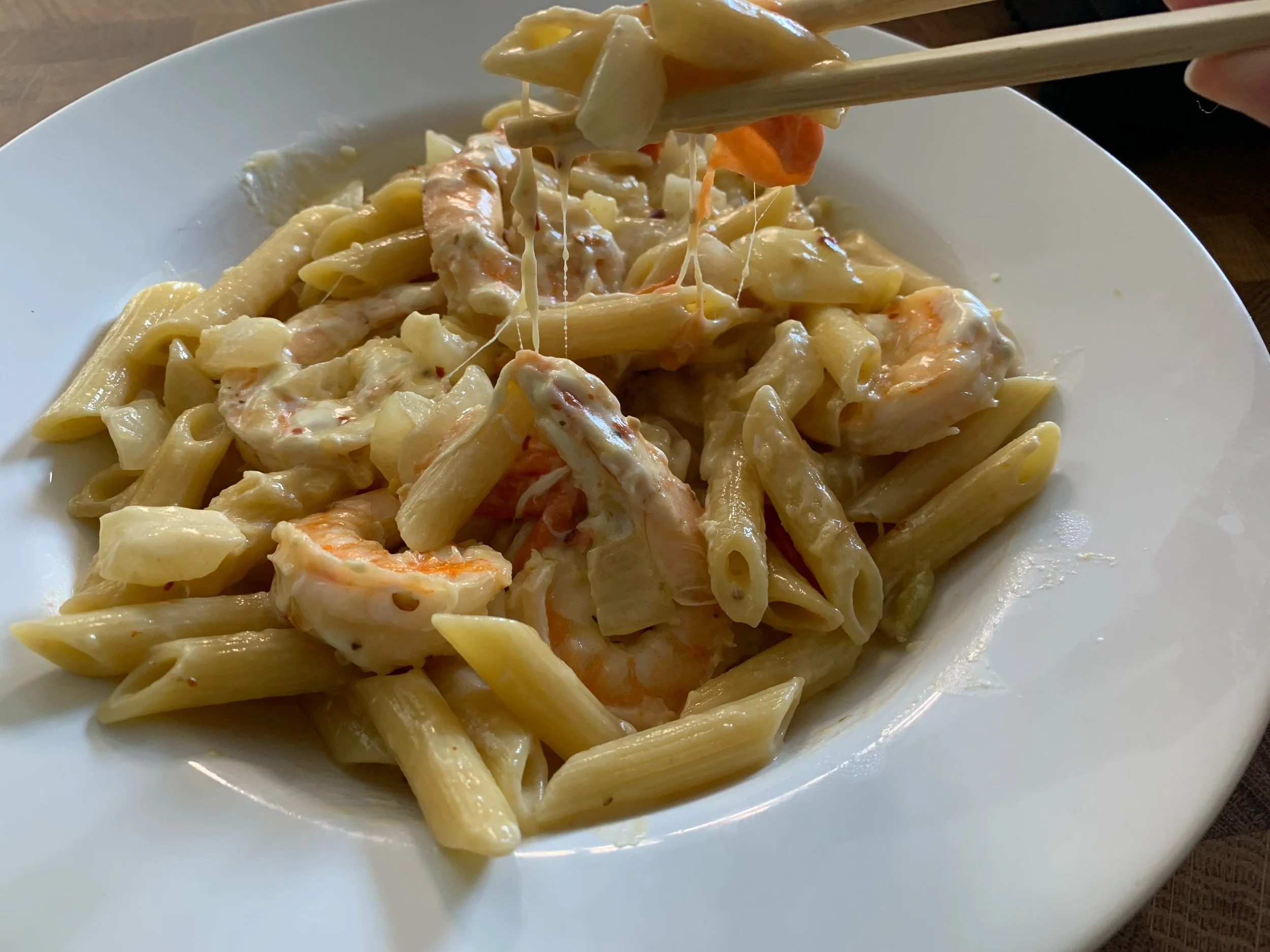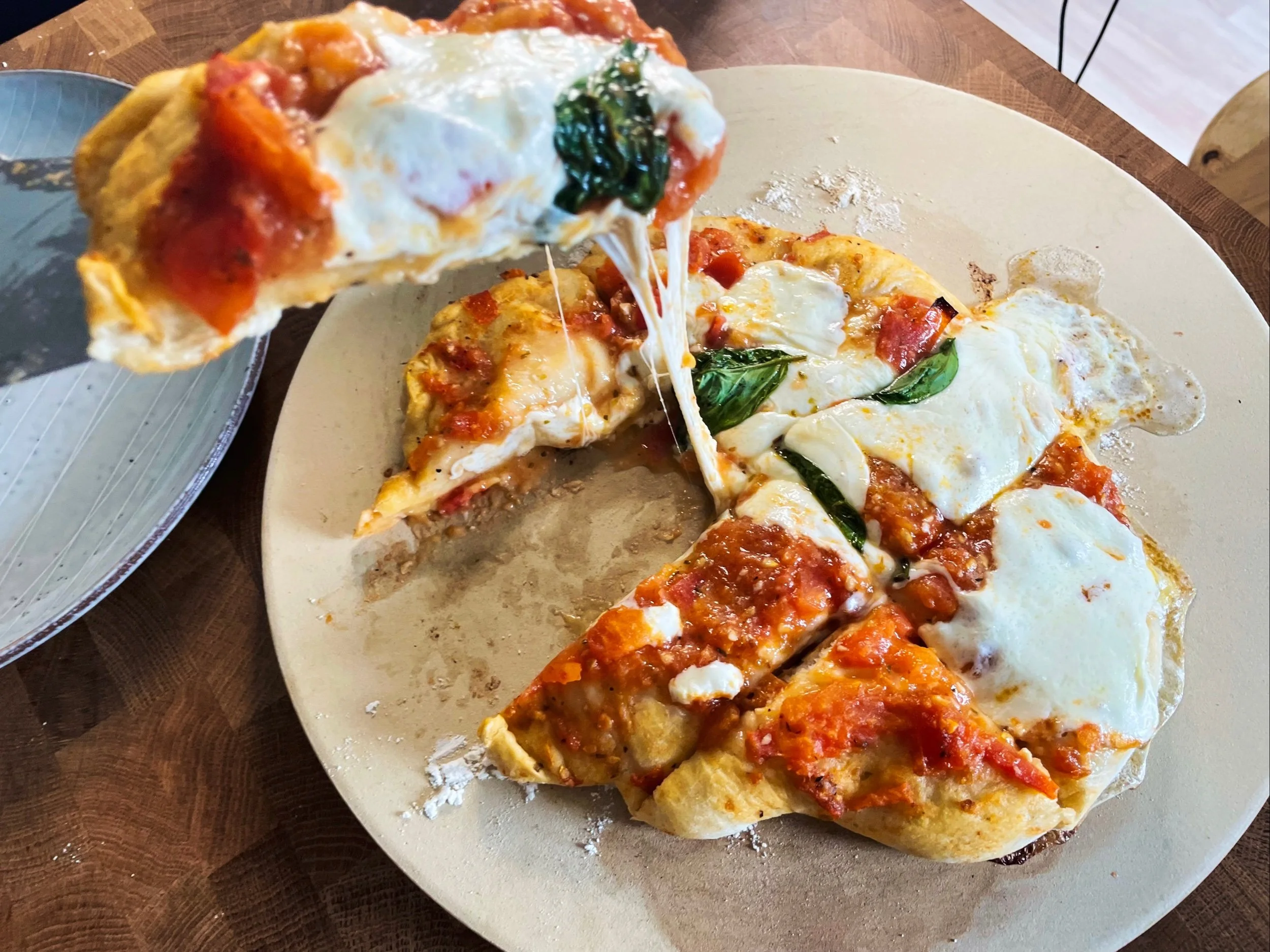This Food in History #1 Pasta
Welcome to the pilot episode of This Food in History! I’m Soph and we’ll be discussing Pasta with a focus on Italy today. We’ll be cooking a tomato cream pasta!
Pasta is a staple in one way or another in places all over the world. It was some time before 200 BCE, that you could find noodle making in Northern China.
A common myth about pasta is that it was brought to Italy from China by Marco Polo during the 13th century. This can’t be true due to references in historical data before 1292 of pasta. In fact the Arabic invasions of the 8th century which heavily influenced regional cuisine is considered the most likely reason behind the diffusion of pasta.
While Spanish settlers were among the first to bring pasta to America, Thomas Jefferson helped give pasta a name. While in Paris between 1784-1789, Jefferson ate ’macaroni’ which he enjoyed so much that he returned to America a bunch to eat. WHen he ran out he had a friend in Naples send more.
It’s important to note the word “macaroni” comes from the Sicilian term for kneading dough with energy, so this could have meant many types of pasta back then.
When making proper pasta you don’t add salt until after the water has started to boil. Because salted water takes longer to reach boiling point. Adding salt right away won’t affect the final flavor, but it will lengthen the time it takes to get your dinner ready
There are roughly 300 different shapes and varieties of dried pasta in Italy, with there being even more if you count regional differences
Dried pasta in complex shapes are designed for grabbing and holding onto sauces. Dried tube pasta (ziti or penne) have ridges specifically to hold onto the pasta sauce
“By Italian law dried pasta must be made with 100% durum semolina flour and water, a practice that all but the worst quality pasta makers worldwide have since adhered to..
“durum wheat- ground durum wheat and water or eggs. The use of durum wheat sets pasta apart from other forms of noodles. Durum wheats high gluten content and low moisture make it perfectly suited to pasta production.
tomatoes are a member of the nightshade family and rumors of tomatoes being poisonous continued in parts of Europe and its colonies until the mid 19th century (check the history of tomato here). Therefore it was not until 1839 that the first pasta recipe with tomatoes was documented.
“because of pasta’s affordability, shelf life, and versatility, it became firmly rooted in Italian culture. The warm Mediterranean climate of Italy is suited to growing fresh vegetables and herbs, which meant that Italians could get creative with a delicious variety of pasta sauces. Tomato-based sauces emerged as a favorite complement to pasta, and tomatoes remain the most popular ingredient in pasta sauce today
“Cook pasta until it is al dente, firm to the teeth yet tender. Many Americans cook pasta until it is too soft, a minute or two less of cooking time will give you authentic Italian pasta you do not cook pasta, serve it, and then pour sauce over it. No. You don’t. What you want to do is mixing and stirring pasta and sauce together while they cook. This is not only a matter of taste – cooking pasta and sauce at the same time make the pasta absorb both sauce and flavor – but also of practicality: if you put the sauce on top of pasta and don’t eat quickly, the pasta will become an inedible glue.



